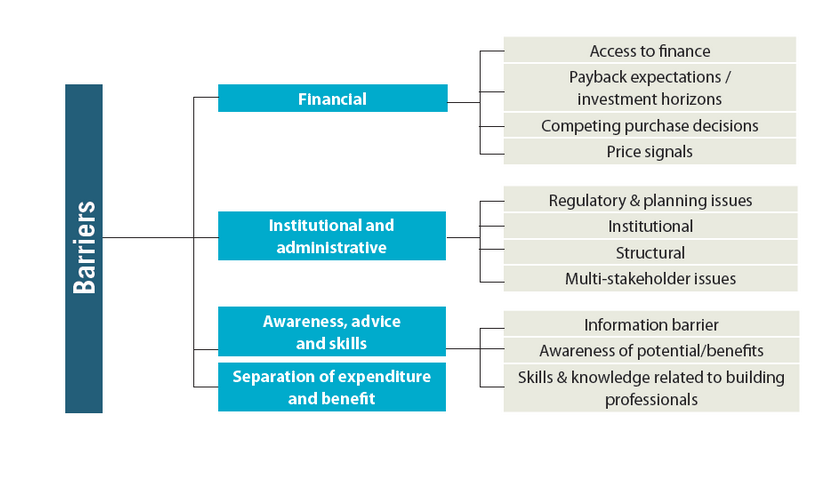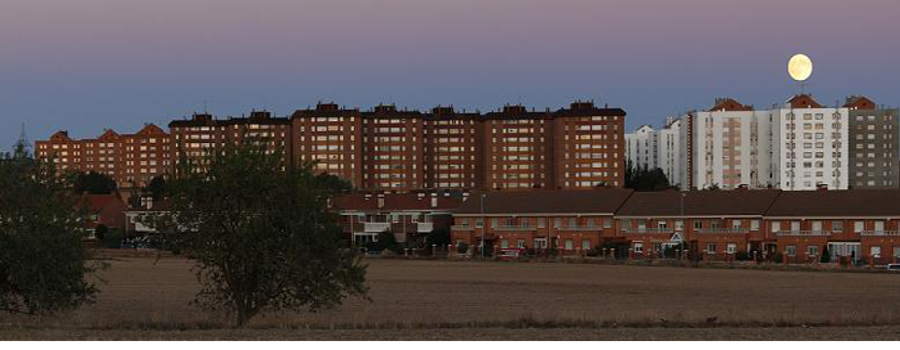More than 40% of the residential buildings in Europe are older than 50 years and subsequently they have a large potential for energy savings. The European Commission is aware of the need of a renovation work as well as the benefits that this activity can bring to the economy; hence, it designs strategies that help to reduce energy consumption and CO2 emissions to the atmosphere while being able to create new jobs. It is not easy to report an exact number of the benefit associated to this type of initiative given the estimations differ among reports. As reference, here it is provided the annual jobs quantified in the Strategy for Energy Retrofitting Building Sector in Spain that estimated the creation of around 97,000 and 141,000 new jobs between 2014 and 2020.

However, despite the great advantages of this sector, the beginning of a energy efficient solutions project is not simple because of non-technological barriers (Table: BPIE 2011: Europe’s building under the microscope). This explains why annual energy efficient solutions rate is around 1% in most European countries. The high investment cost and the access to finance due to a lack of long term credit from banks are undoubtedly one of the most important barriers which are related to a lack of knowledge and risk perception towards this type of action. Also, many of people who live in this type of households have limited resources and cannot afford such expensive renovations.
On the other hand, accompanying these economic barriers, there is often a lack of interest towards this investment option since the reduction of energy bills and the impact on the property value as a result of the energy efficiency measures are not very relevant aspects to involve the building owners. Nor a better thermal comfort helps to the making decision process when the payback is not imminent. Concerning the legal framework, it should be mentioned that despite the development of regulations that favor energy efficiency in buildings, there are many obstacles in this field to overcome since nowadays the regulatory framework is dispersed and is managed by several administration.
In the case of Spain, the situation is nowadays complicated after the crisis experienced in the construction sector with a special reluctance of banks to lend loans to construction companies. On the other hand, financial institutions force to housing owners to endorse their dwelling in order to solve the possible non-payment that may arise within the community of neighbors. Therefore the rehabilitation of a building or district depends in many cases on the economic capacity for companies to invest as well as the public funding. Also, it has to be mentioned that the regulation is against renewable energy and the self-consumption which is also restrained the advance of energy renovation of districts.

Given this scenario, the only way for the renovation of the buildings is to achieve a short-term payback, being currently this one of the biggest challenges since it is needed to identify the most suitable business model and financial scheme for each type of property, housing and society. Furthermore, it is required to boost the benefits of these initiatives through information campaigns.
- How to recover the forest biomass? - 24 January 2017
- Why is not easy the implementation of energy efficient solutions in buildings? - 25 May 2016
